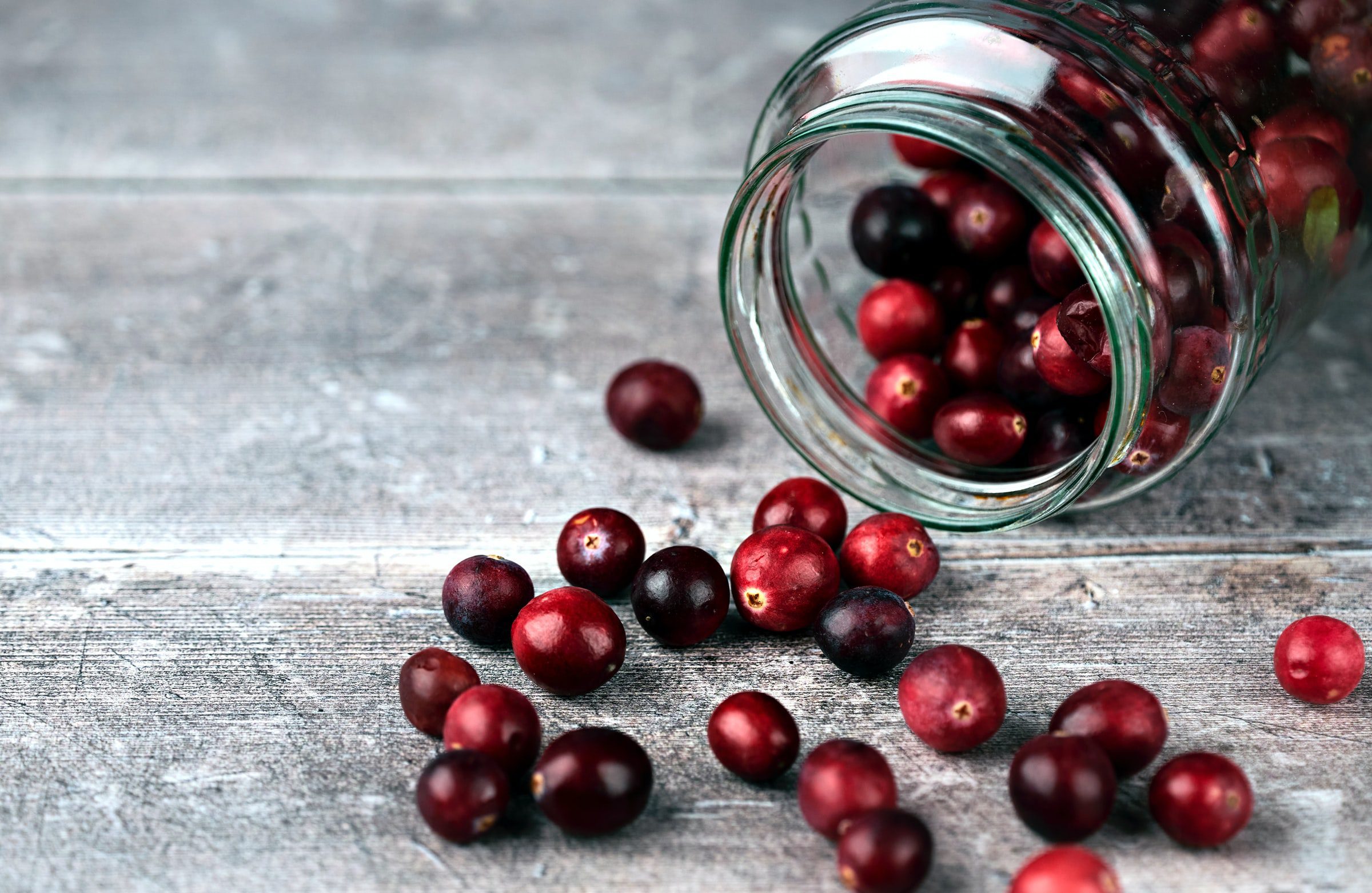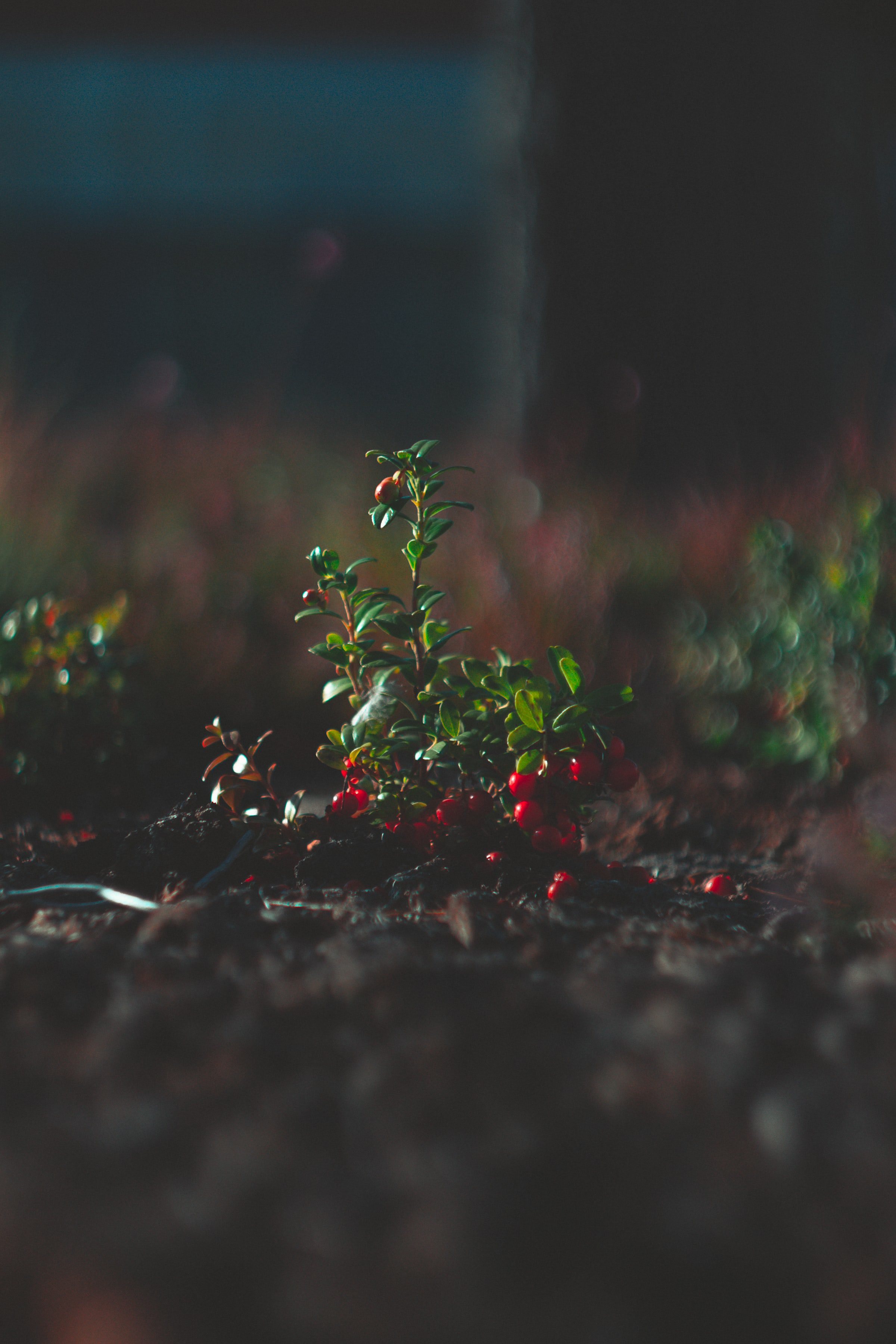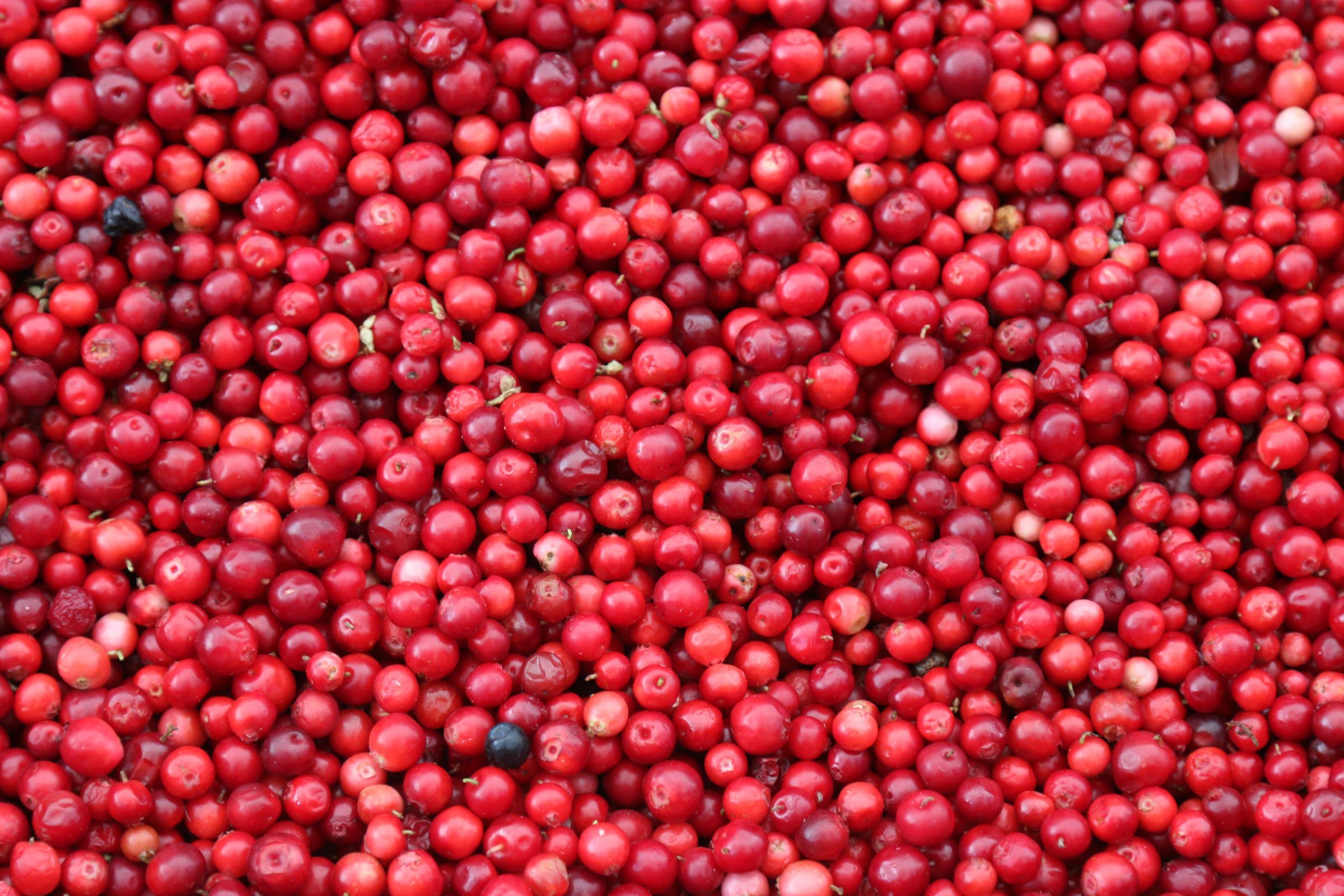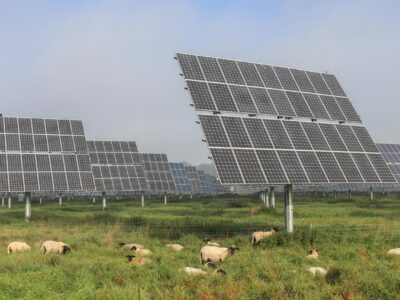Tart and sweet cranberries are used in everything from pies and preserves, to granola bars and the eponymous juice. In the United States, these small, reddish fruits grow in watery bogs across the Northeast and upper Midwest. Though harvested in the fall, they require a year-long growing process, including a winter flooding of the fields. During the flooding season, a thick layer of ice forms over the plants’ buds to protect them from wind and severe cold, however,recent changes in climate are impacting that process. Scientists are now exploring new ways to make the in-demand fruit more resilient to changing growing conditions.
The state of Wisconsin is America’s cranberry capital, producing more than half of the nation’s fruit in 2020. Farmers there have been growing the fruit since the 1880s. The cranberry yield, however, has decreased in the past few years. “Warm spells during the middle of the winter might melt some of the snow and expose the plant tissue to low temperatures, and wind followed by really cold temperatures has resulted in yield loss,” said University of Wisconsin professor Amaya Athucham. “That’s something we’ve seen and something we expect to see more and more.”

Since these warm spells are becoming more and more common, scientists are researching the fruit to see if it can be more adaptable to a changing climate and how cold it can get before the crop is lost.
Athucham – a fruit crop specialist who works with the university’s Wisconsin Cranberry Research Station near Black Falls – hopes to identify which individual fruit has the highest tolerance to frigid temperatures. Then, that hearty fruit can be crossed with other fruits to strengthen the entire line. Additionally, researchers are studying what temperature the plants can withstand before growers must add more water to prevent damage. Frost tolerance, temperature tolerance, insect resistance, and disease resistance studies are all underway, each a piece of the puzzle of the best way to make cranberries more sustainable.
Cranberry growers in Massachusetts also see yield decline. The University of Massachusetts’ Hilary Sandler contributes those losses to environmental changes in the Northeast.
“We have had a lot of warm temperatures, a lot of rainfall, and that creates the perfect conditions for fungi to thrive,” she explained. “And those are the ones who cause fruit rot, for the most part.”

The future of cranberries is directly tied to research that can help the fruit become more resilient to extreme weather changes. Over the past few years, the environmental problems that have impacted the cranberries have trickled into economic problems for cranberry growers.





